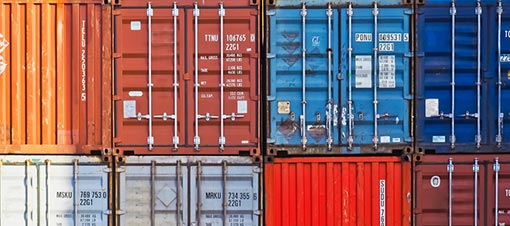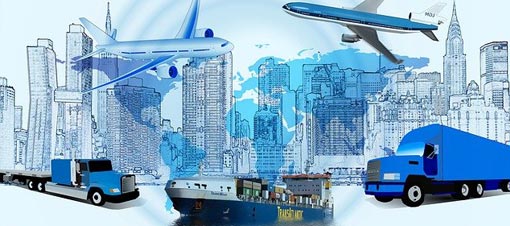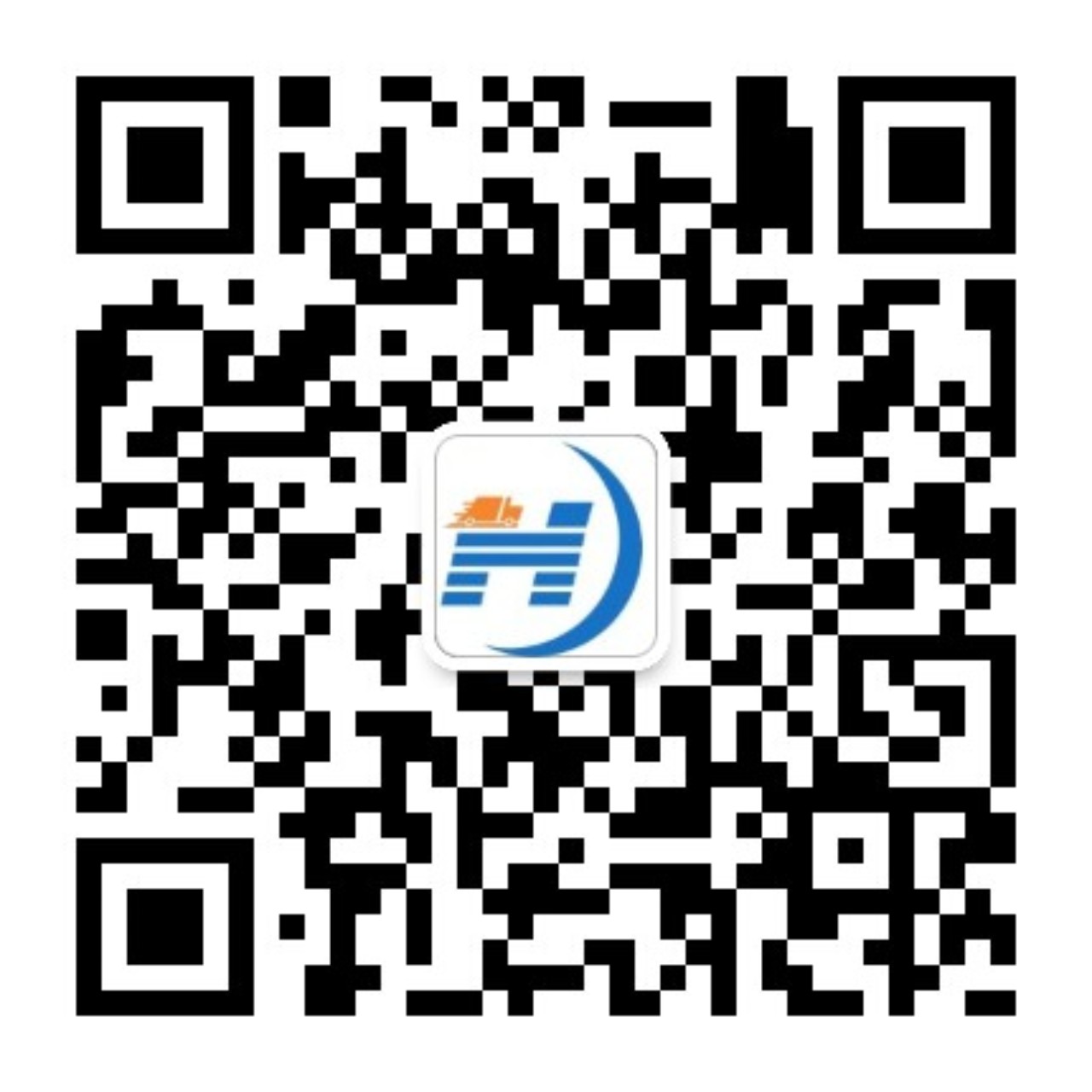News
NEWS CENTER
WTO trade monitoring report shows sharp rise in global new tariffs
 Release time : 2022-01-28
Release time : 2022-01-28  Number of views : 126
Number of views : 126 On July 3, 2025, the latest Trade Monitoring Report released by the WTO showed that the sharp increase in new tariffs and their coverage of global trade share between October 2024 and May 2025 have led to a turbulent and unpredictable global trade landscape. At the same time, despite facing trade policy uncertainty, geopolitical tensions, and regional conflict threats, all parties are committed to seeking cooperation and resolving trade disputes through negotiations.
WTO Director General Yvela said, "This report reflects the disruption in the global trade environment, with significant increases in tariff levels. Six months ago, about 12.5% of global imports were affected by such measures since 2009, and this proportion has now risen to 19.4%. However, in this trade crisis, we have also seen positive signals from all parties seeking a negotiated solution. I urge WTO members to continue to participate in dialogue to cool down the situation, promote solutions that comply with WTO rules, and most fundamentally solve fundamental problems by advancing deeper WTO reforms. ”
The report indicates that the global trade environment has undergone significant changes, particularly with new tariff measures affecting a large amount of trade. During the 7-month review period, the estimated global trade volume of goods affected by new tariffs and other similar measures is $2732.7 billion, more than three times the previous report (released at the end of 2024). This amount also sets the highest level of trade coverage recorded in a single report since the WTO Secretariat began monitoring trade policy developments in 2009.
The report shows that since the WTO began monitoring in 2009, many tariff measures have never been lifted after being introduced. Over time, the cumulative number of such measures has continued to increase, affecting 10% to 12.5% of global goods imports in recent years. As mentioned earlier, the WTO Secretariat estimates that as of mid May, this proportion has risen to 19.4%.
Data shows that between mid October 2024 and mid May 2025, WTO members and observers took a total of 644 measures on goods trade. Among them, the initiation and termination of trade remedy measures, such as anti-dumping measures, amounted to 296 items. Although these measures account for 46% of the trade measures introduced during the review period, which is also the highest number of new investigations in over a decade, their trade coverage is relatively narrow. The trade remedy investigation involves a trade volume of 63.9 billion US dollars, a decrease from the previous monitoring report's 100 billion US dollars, accounting for 0.26% of the total global commodity trade; The termination of trade remedy measures involved a trade volume of 16.3 billion US dollars, an increase from the previous report's 7.6 billion US dollars, accounting for 0.07% of the global trade volume.
In addition, the WTO has recorded 141 other trade-related measures, including tariff increases and export restrictions, as well as 207 trade facilitation measures.
The trade coverage of other trade-related measures implemented during the review period is estimated to be $2732.7 billion, primarily driven by a significant increase in import tariffs. About 83% of the trade coverage, amounting to approximately 2261.3 billion US dollars, is directly related to the development of trade policies since early 2025.
The report points out that since early 2025, the United States has taken a series of trade actions citing national security and economic emergencies. In this context, efforts to engage in dialogue and seek negotiated solutions have significantly strengthened among all parties. This includes the agreement reached between China and the United States in Geneva on May 14, 2025, which temporarily suspended some bilateral tariffs. The two sides subsequently held follow-up consultations in London on June 11. In addition, the United States and the United Kingdom announced an agreement on May 8th and released implementation details on June 16th.
Despite the challenging economic and trade policy environment, the report points out that many members are still striving to promote trade facilitation, including in the field of trade in services. The trade coverage of trade facilitation measures implemented during the review period is estimated to be $1038.6 billion, a decrease from the previous report's $1440.4 billion. Examples of trade facilitation measures include the cancellation of import tariffs and the removal or relaxation of quantity restrictions.
In the field of trade in services, 34 member countries and 4 observer countries adopted 69 new measures during the review period, a significant decrease compared to the same period in 2024. The WTO stated that despite the challenging global trade environment, most of these measures reflect the clear commitment of WTO members to promote trade in services, specifically by relaxing access conditions for service providers or improving regulatory frameworks. In addition, subsidies, stimulus plans, national aid, or export incentives have always been important components of industrial policy. However, since April 2025, with the rise of trade barriers, the use of direct support measures has relatively decreased and has been replaced by regulatory tools.






 010-67972171/18612968171
010-67972171/18612968171